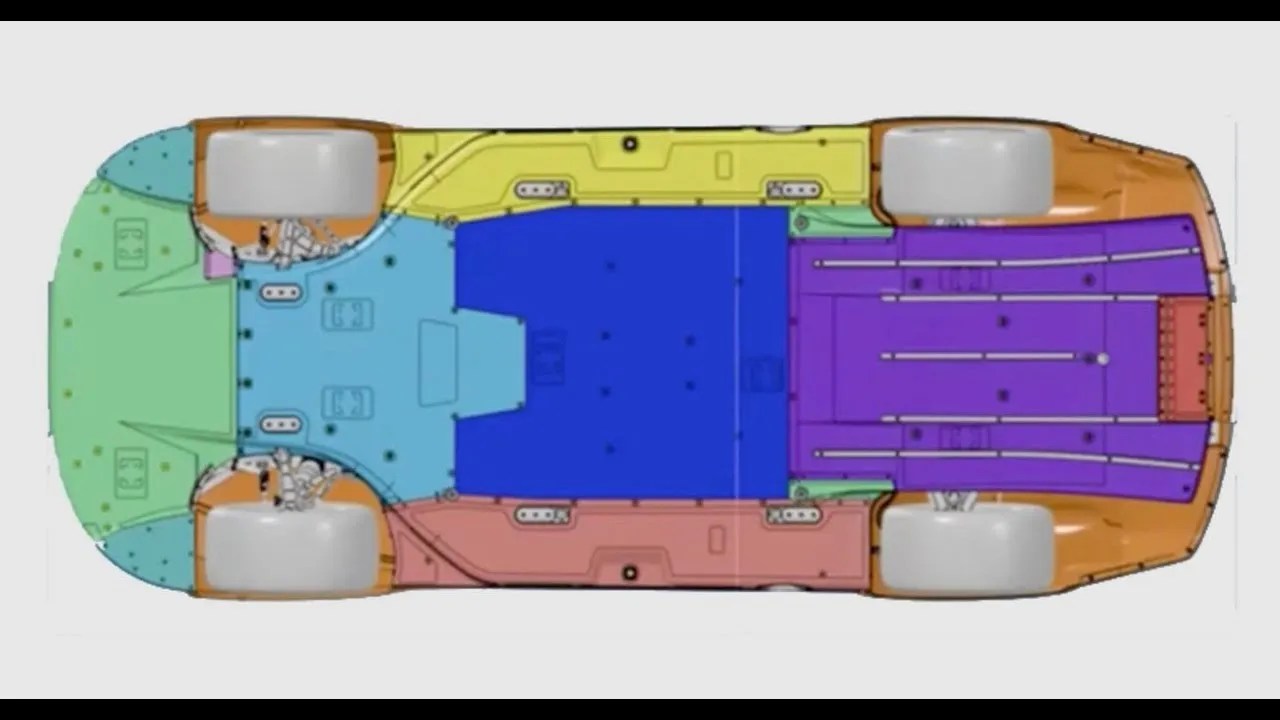NASCAR is open to increasing horsepower to enhance Cup races on short tracks and road courses, but there is also no shortage of additional levers for the industry to explore before the start of next season.
The topic was explored during the annual state of the sport address on Friday at Phoenix Raceway headlined by NASCAR president Steve Phelps and chief operating officer Steve Phelps.
Making short track races more competitive has been an evolving goal since the seventh-generation Cup Series car debuted in 2022. Due to the weight of the car, a sealed underbody, decreased horsepower, a wider tire and a 24:26 ratio drop gear with the new transaxle, short tracks have especially paid the price in terms of passing and action.
NASCAR has tested various aerodynamic changes, and Goodyear made directionally positive gains on Sunday at Martinsville with its latest tire combination, but drivers say there is still a tremendous amount of work to be done.
The one thing that drivers nearly universally agree over is a horsepower increase, as best articulated by veteran racer and third-year team owner Denny Hamlin over the weekend at Martinsville. The current platform uses a tapered spacer to restrict engines capable of making over 900 horsepower to 670.
The final year of the previous generation car was tapered to 750 horsepower on short tracks and road courses.
“I think the easiest lever, and I don’t know for sure why we haven’t done it (because) I think Doug Yates mentioned it – is we can go to 750 horsepower tomorrow,” Hamlin said. “The parts and pieces won’t change if we just open up the tapered spacer to 750 like we had, year before last. I think that is the quickest thing and then work on the gearing – the gearing is not going to be an easy fix.
“I specifically harp on it quite a bit, but it’s not going to be an easy fix.”
The good news is that O’Donnell says an increase is on the table, as is everything else as long as it is economically viable but the bad news for horsepower advocates is that it’s not their top choice. NASCAR says its current horsepower target was instituted for financial reasons as well as appeasing current and prospective manufacturers.
“I think everything is up for consideration,” O’Donnell said. “We’ve proven that. You have to factor in what are the costs involved as well, right? It’s not as simple as just upping the horsepower. You better be ready for all your OEs to be onboard. It better make sense for any potential new OEM and technology. It’s not just a short-term answer.”
“For us, we’re going to look at shifting specifically around that at our next test and see what we can do. There will be variations. Also some aero things we do with the underbody. There’s some things we found in Richmond from an aero standpoint that could work as well.”
“Nothing to report in terms of yes we’re going to do that. Open to everything, but I would say short-term more around shifting and the aero package.”
NASCAR has worked towards redesigning its transaxle to eliminate shifting, while some drivers, like Kyle Busch, have advocated for removing large swaths of the underbody to improve short tracks.
“The biggest thing for me, that I feel like is a hindrance to the car in traffic and all that kind of stuff is the underbody,” Busch said back in August. “They wanted a flat sheet across the bottom so it’s the same for everybody so they don’t have to police it, but honestly, I think that is our biggest detriment with this car.
“We all talk about over body, underbody, aero, and this and that for years; Tens of years. We all thought the underbody aero was the way to go, but honestly, we have gone backward. It’s worse in traffic.
“So, I feel like that stems from that and to get rid of that and just have over the body and what all we do there. … They have a scanning device that scans the floors, so why don’t we just scan the bottom of the cars without a pan. And all the rough surfaces and everything else under the bottom of the car. But that is kind of my thing, and I don’t know if that makes any more discrepancy between the field on speed. I think that is just a traffic thing in my opinion.”

Related: NASCAR’s final four defined by mutual respect, friendships
Hamlin was also adamant that the aero and the drop gear isn’t going to get the sport where it needs to be on short tracks and road courses.
“We would never wear out a tire,” Hamlin said. “The horsepower and torque would be so low that by the time you got to the end of the straightaway and wound out the RPMs – that’s not an easy fix either. It’s not going to fix it by just dropping the gear. It would take time to figure it out, and certainly there is a lot of smart minds that are trying to figure it out.
“In my opinion, it’s not an aero situation. We are going to run quite a different tire this weekend that will undoubtedly make it really hard to pass because of the speed it runs with the lack of fall-off. I don’t know. It’s tough because we have cut 300 horsepower out and added grip with the wider tire.
“The key is to better short track racing is off-throttle time and no one really has a great answer on how to do it.”
NASCAR, Goodyear, and the teams will have a meeting on Friday at 5:30 to discuss the next steps. From there, the industry is expected to schedule a test at Phoenix in December to work through those aero, gearing, and tire options.
Matt Weaver is a Motorsports Insider for Sportsnaut. Follow him on Twitter.